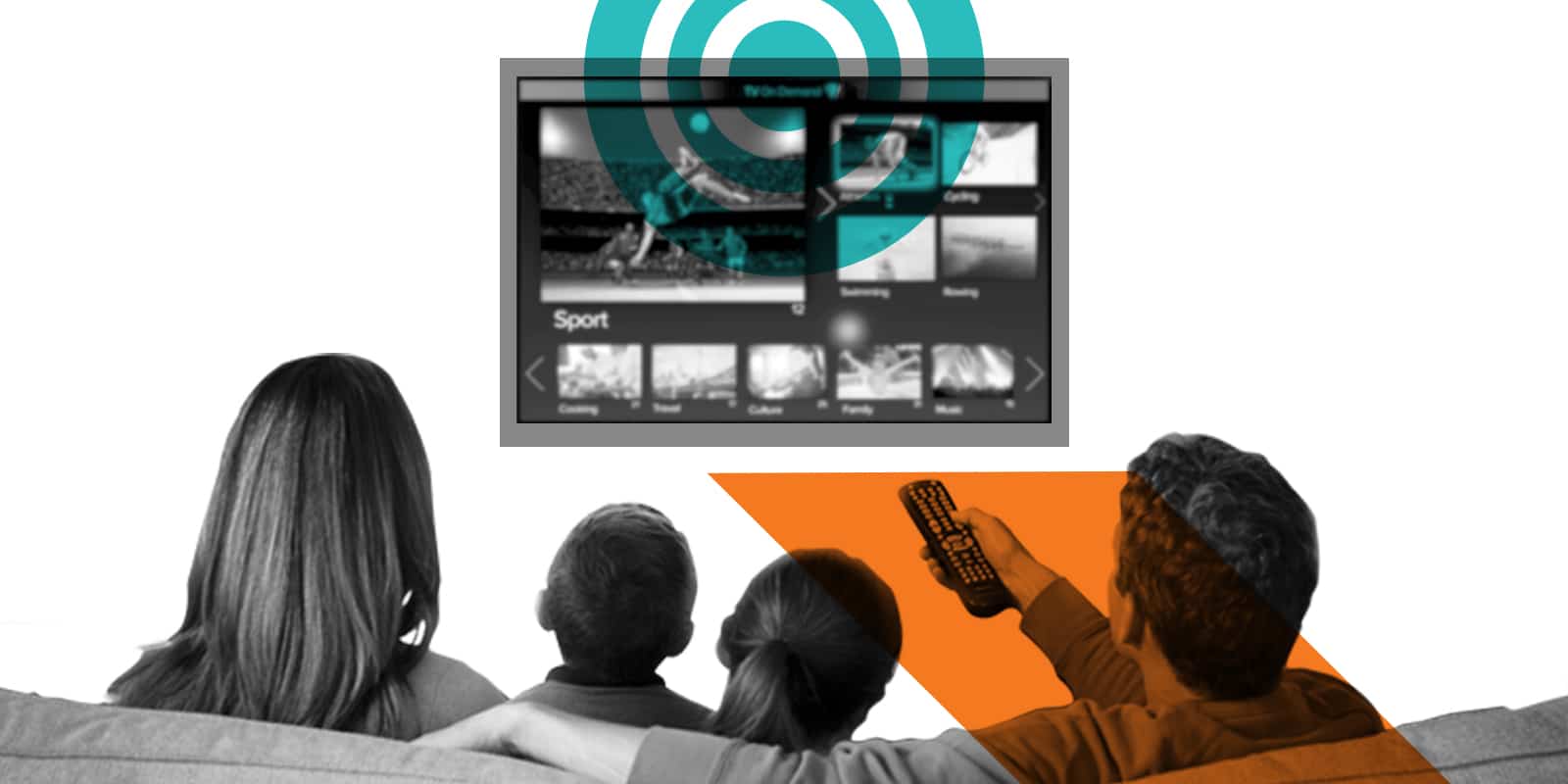Growth Trends 2023: Addressability will fuel the next era of media performance

By Alasdair Pearmund, Head of Addressable
Addressability should no longer be considered an addon to your programmatic retargeting strategy. With the capabilities of digital channels continually evolving, it is now a cross-channel, through-funnel solution that will drive the next era of media performance.
Addressable technology is enabling brands to create and activate data-driven audiences in channels that were previously only delivered as linear mediums, which is a game-changer for ROI.
The digital media ecosystem is currently 72% addressable, meaning brands have the ability to use data to segment and target various audiences across the majority of their digital activity. As the landscape continues to develop, GroupM expects this to rise to 80% by 2025, largely driven by advancements in the AV space.
In a time of increased scrutiny, and where budgets are being stretched, brands need to be actively engaging with the new world of addressable. Rather than hoping that you’ll deliver enough impressions to meet your goals, you should be using available addressable capabilities across as many channels as possible to drive relevancy and communicate to the right people at the right time.
With the right data, addressability offers the opportunity to optimise relevance and timing, delivering effective brand engagement at scale and allowing you to connect your product, content or offer with the people who’d be most interested in it.
Combining data-driven audience strategy with creative production technology, addressability delivers strong outcomes without compromising scale or wasting advertising budget. It captures consumers’ attention at critical moments, establishing a powerful connection no matter how many other brands are vying for their time.
- Personalisation is no longer a nice-to-have. 51% of marketers say that personalisation is their top priority. Customers now expect it too, with 76% saying they’re more likely to consider purchasing from brands that personalise.
- Creative production and management platforms enable brands to efficiently scale creative to all audiences, cross-channel. This technology can drive production time savings of up to 90% and allows for mass review and approval workflows.
- With many consent management platforms now connected to most major ad servers and broadcaster platforms, content can be pushed cross-channel in a rapid, automated manner, speeding up the trafficking process by days and therefore allowing brands to be much more reactive in-market.
At a broadcaster level, there is a lot of granular, high quality data available to plan and target ads across. Users need to register for most streaming apps, which provides broadcasters with very rich first-party data on a household level, in addition to what they watch, when, on what devices, and how they engage with advertising, which can then be further overlayed with demographic and geo data. This makes for incredibly rich datasets.
In these cases, leveraging the precision targeting capabilities of digital across connected devices offers greater opportunities for addressability based on the individual or household, rather than the content being watched. And with a more targeted approach, advertisers can drive more relevant, timely and seamless user experiences by matching audiences to creative for streaming.
However, there are still a number of points that need to be considered. Many broadcasters want to firstly own both the data and stack, and secondly, own the responsibility for the quality of the ad. Therefore, in many cases, broadcasters are unwilling to share data with media companies or 3rd party programmatic stacks, which makes it nearly impossible to set up centrally planned, managed, and bought cross broadcaster campaigns.
This is further complicated with broadcasters not having a common data taxonomy to plan or buy against. However, as these channels mature, sophisticated solutions are now in place that solve these complications, such as Finecast (GroupM’s addressable TV solution which enables advertisers to precision target audiences in on-demand, linear and live streaming TV environments). Finecast partners with all major broadcasters to deliver data-driven campaigns and act as a single point of access across a currently fragmented, complex ecosystem, while still providing scale.
The growth opportunity:
This fast-growing form of advertising is ideally suited to helping brands adapt to the huge changes we’re seeing in where and how people consume media. It feeds off data insights, which will only get deeper and more precise as these technologies develop.
Through scaled addressable technology and the ability to test creative across audiences, brands have the opportunity to learn and understand their customer base better.
This will be even more important over the next 12 months, as habits and norms develop through the cost of living crisis. How is shopping behaviour impacted? Who is in-market this year and is that different from last year? Which category audiences can be spared, and which are essential to growth?
All of these questions need answers, because the answers will directly impact brands’ activity—from cross-channel budget requirements to creative tone of voice. Fortunately, we have never had more access to data to inform answers, we just need the creative to ask the right questions.
3 things to do today…
Understand your data and the capabilities it can deliver on.
With the deprecation of third-party cookies imminent, ensure your first party data can be fully employed across your marketing activity. This will form a strong foundation for becoming addressable cross-channel.
Ensure there is creative flexibility in the assets being produced.
Having the option to scale out your creative and test creative elements will deliver insights for future creative development and ensure relevancy in a turbulent market.
Use creative management platforms to simplify the process of creative production.
Strategically developing creative relevancy across your audience will allow you to be present in a complex digital ecosystem and will form the bedrock of great value.
Fill in your details below to download a full copy of the 2023 Growth Trends report.











